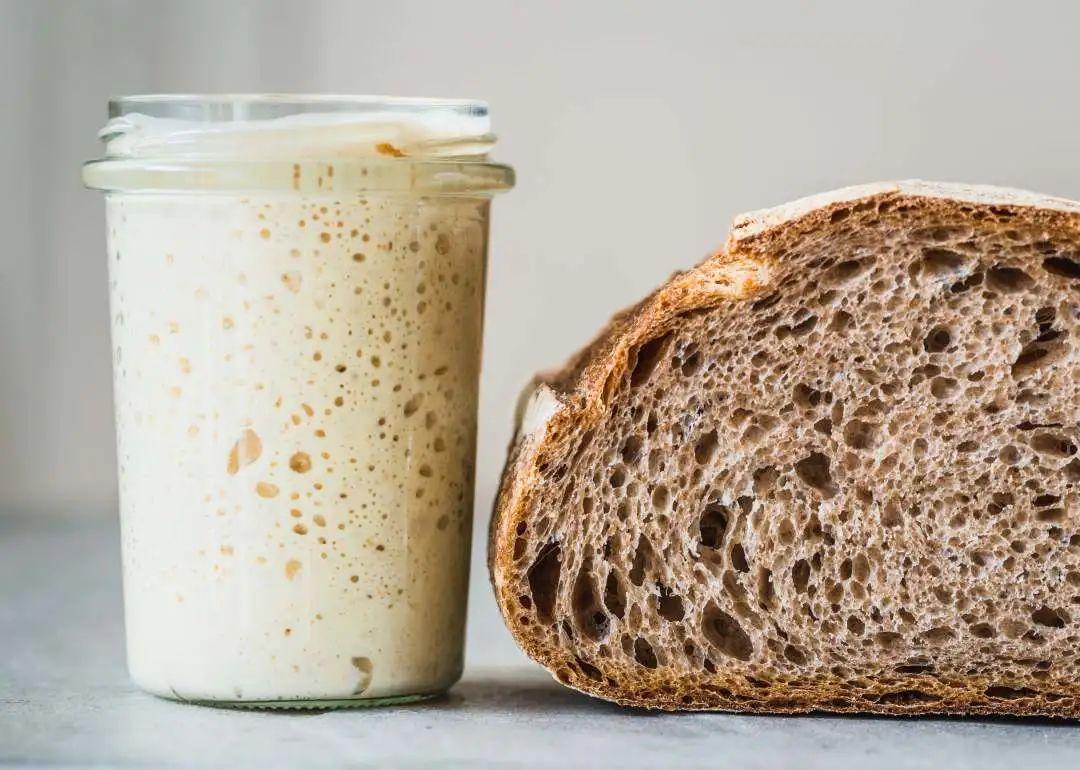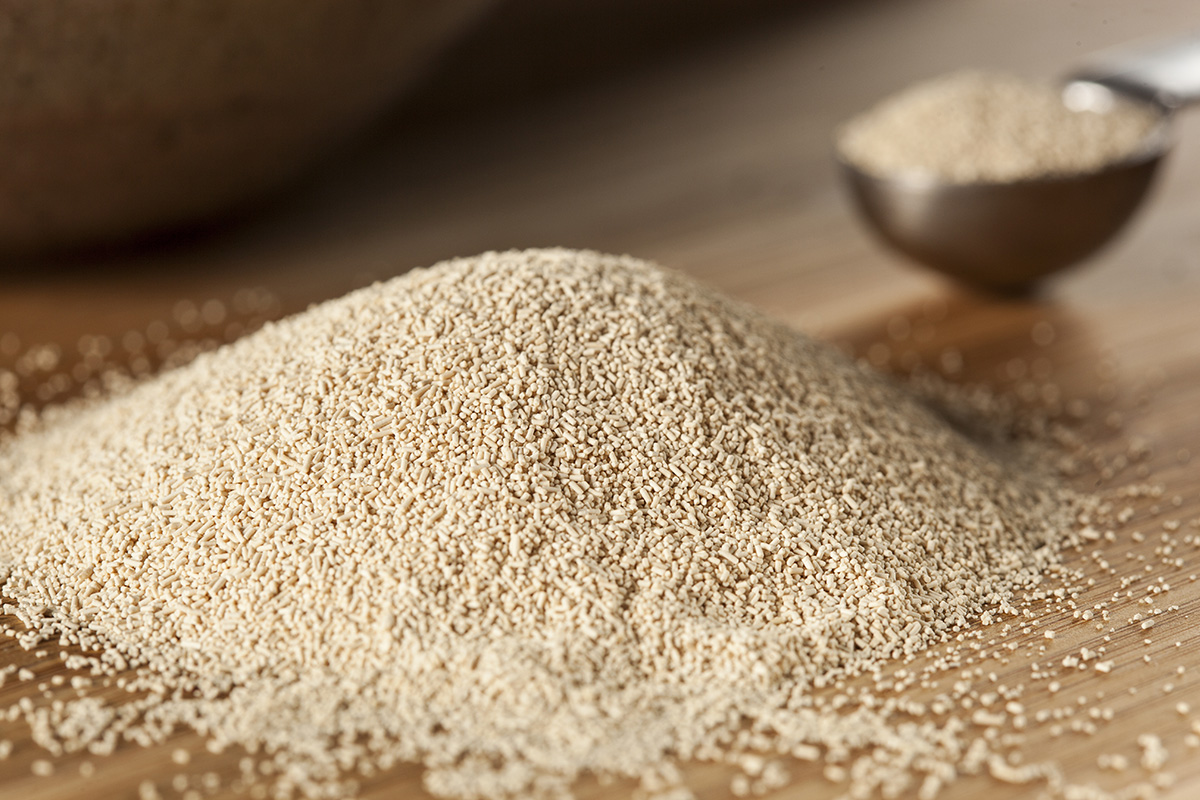Instant Dry Yeast vs. Active Dry Yeast: Key Differences Explained
Meta Description: Wondering if instant dry yeast is the same as active dry yeast? Learn the differences, conversion tips,
and when to use each for perfect baking results.
Introduction
For bakers, choosing between instant dry yeast and active dry yeast can impact texture, rise time, and recipe success.
While both help dough rise, they differ in preparation, usage, and performance. This guide compares them side by side.
Active Dry Yeast vs. Instant Yeast: Key Differences

How to Use Each Yeast Type
1. Active Dry Yeast
Proofing required: Dissolve in warm water (105–115°F) with sugar until foamy.
Best for: Artisan bread, pizza dough, and recipes with long rise times.
Storage: Keep refrigerated after opening; lasts 4–6 months.
2. Instant Dry Yeast
No proofing needed: Mix directly with dry ingredients.
Works faster: Reduces rise time by 30–50%.
Best for: Bread machines, quick rolls, and sweet dough (more sugar-tolerant).

Can You Substitute Instant for Active Dry Yeast?
✅ Yes, with adjustments:
Use 25% less instant yeast (e.g., ¾ tsp instant = 1 tsp active dry).
Reduce rising time (check dough 30 mins earlier).
No need to proof—add instant yeast straight to flour.
Storage & Shelf Life
Unopened: Both last 1–2 years at room temperature.
Opened:
Active dry yeast: 4 months (refrigerated).
Instant yeast: 6 months (refrigerated).
Freezing: Extends shelf life up to 1 year for both.
FAQs
1. Is instant yeast the same as rapid-rise yeast?
Yes—instant, rapid-rise, and quick-rise yeast are the same product.
2. Which yeast is best for beginners?
Instant yeast is easier (no proofing), but active dry is forgiving for traditional recipes.
3. Can I use expired yeast?
Test it: Mix ½ tsp yeast with ¼ cup warm water + 1 tsp sugar. If it foams within 10 mins, it’s still active.

Final Verdict
Choose instant yeast for convenience, speed, and bread machines.
Use active dry yeast for classic recipes with longer fermentation.
Pro Tip: For best results, match the yeast type to your recipe’s requirements!


